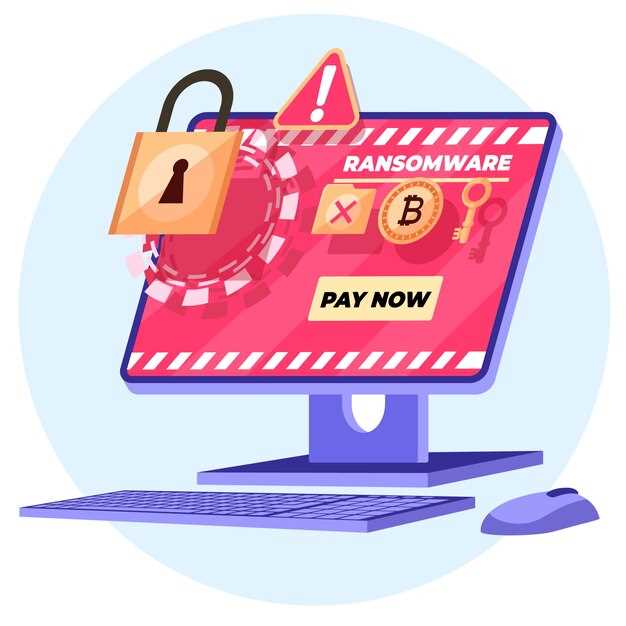
In today’s digital age, the convenience of online shopping comes with its own set of challenges, primarily the threat of scams and fraud. While the internet offers a vast marketplace with countless products and services, it also serves as a breeding ground for deceptive practices that can put your personal and financial information at risk. Understanding how to navigate this complex landscape is essential for any savvy shopper.
Online scams can take many forms, from fake websites to phishing emails designed to steal your sensitive data. One of the most effective ways to protect yourself is to stay informed about the tactics used by fraudsters. By adopting a mindful approach to your online purchases, you can significantly reduce the likelihood of falling victim to these malicious schemes.
This article will provide you with actionable tips and strategies that will empower you to spot potential threats before making a purchase. Armed with this knowledge, you can shop online with confidence, ensuring that your transactions remain safe and secure while steering clear of common pitfalls associated with online fraud.
Recognizing Common Motorcycle Scam Red Flags

When purchasing a motorcycle, being aware of potential scams is crucial to protect your investment. Here are some common red flags to watch for:
Unrealistically Low Prices: If a deal seems too good to be true, it often is. Scammers frequently list motorcycles at significantly lower prices than their market value to attract naive buyers.
Poor or No Vehicle History: A legitimate seller should always provide detailed history about the motorcycle, including past accidents or repairs. If the seller is unwilling or unable to provide this information, consider it a warning sign.
High-Pressure Sales Tactics: Be cautious of sellers who pressure you to make a quick decision. Scammers often create a sense of urgency, claiming that other interested buyers are lined up.
Vague or Incomplete Listings: A reliable listing should include clear details about the motorcycle, including make, model, mileage, and condition. Listings that lack this information may indicate a scam.
Requests for Unconventional Payment Methods: Be wary if the seller insists on payment methods like wire transfers or prepaid cards. These methods provide little recourse if you need to dispute the transaction.
Reluctance to Meet in Person: Scammers often prefer to communicate online and avoid face-to-face meetings. A genuine seller should be open to allowing a thorough inspection of the motorcycle before purchase.
Suspicious Contact Information: If the seller’s contact details seem inconsistent or unprofessional, such as using a generic email address or not providing a phone number, this might indicate a scam.
By recognizing these common motorcycle scam red flags, you can make a more informed purchase and protect yourself from fraud. Always take the time to vet the seller and the motorcycle before committing to a deal.
Steps to Verify the Legitimacy of a Seller
Before making a purchase online, it’s essential to verify the legitimacy of the seller to avoid fraud and scams. Follow these steps to ensure a safe transaction.
Firstly, check the seller’s website thoroughly. Look for contact information, including a physical address and customer service details. Legitimate businesses often provide multiple ways to reach them, such as phone numbers and email addresses.
Next, research the seller’s reputation. Use search engines to find reviews and ratings. Websites like Trustpilot or Better Business Bureau can offer insights into previous customers’ experiences. Be cautious of overwhelmingly positive reviews, as they may be fake.
Investigate their social media presence. Legitimate sellers typically maintain active profiles on platforms like Facebook, Instagram, or Twitter. Check for follower counts, quality of posts, and customer interactions. A lack of engagement or negative feedback can be red flags.
Examine the payment options available. Trusted sellers offer secure payment methods, such as credit cards or reputable payment gateways like PayPal. Avoid sellers that only accept wire transfers or cryptocurrency, as these are often used in scams.
Consult independent sources that track scams and fraudulent activities. Websites like the Federal Trade Commission (FTC) or local consumer protection agencies can provide information on reported scams associated with specific sellers.
Lastly, trust your instincts. If something feels off about the seller or the deal seems too good to be true, take a step back. It’s better to miss out on a bargain than to fall victim to fraud.
Safe Payment Methods to Protect Your Purchase

When shopping online, selecting a secure payment method is crucial to safeguard against scams and fraud. Credit cards typically offer robust consumer protection, allowing users to dispute unauthorized charges swiftly. Additionally, many credit card companies provide fraud monitoring services that detect suspicious activity and can notify you immediately.
Another safe option is using digital wallets like PayPal, Apple Pay, or Google Pay. These services act as intermediaries between you and the retailer, ensuring your financial information is concealed from merchants. They often feature buyer protection policies, which can help recover funds in case of fraud.
Bank transfers and wire transfers are generally less secure for online purchases, as they lack buyer protection. If a scammer gains access to your banking information, it can be challenging to recuperate lost funds. Avoid using these methods when making purchases from unfamiliar websites.
Prepaid cards and gift cards can be useful in limiting fraud exposure. Because they are not linked directly to your bank account, the potential loss is confined to the amount loaded onto the card. However, be cautious, as scammers often request payments in gift cards; this is a red flag for fraudulent transactions.
Lastly, always ensure that any payment method you choose offers encryption and security features to protect your information. Look for indicators such as “https://” in the URL and verified badges, which can enhance your online shopping security and reduce risks associated with fraud.












